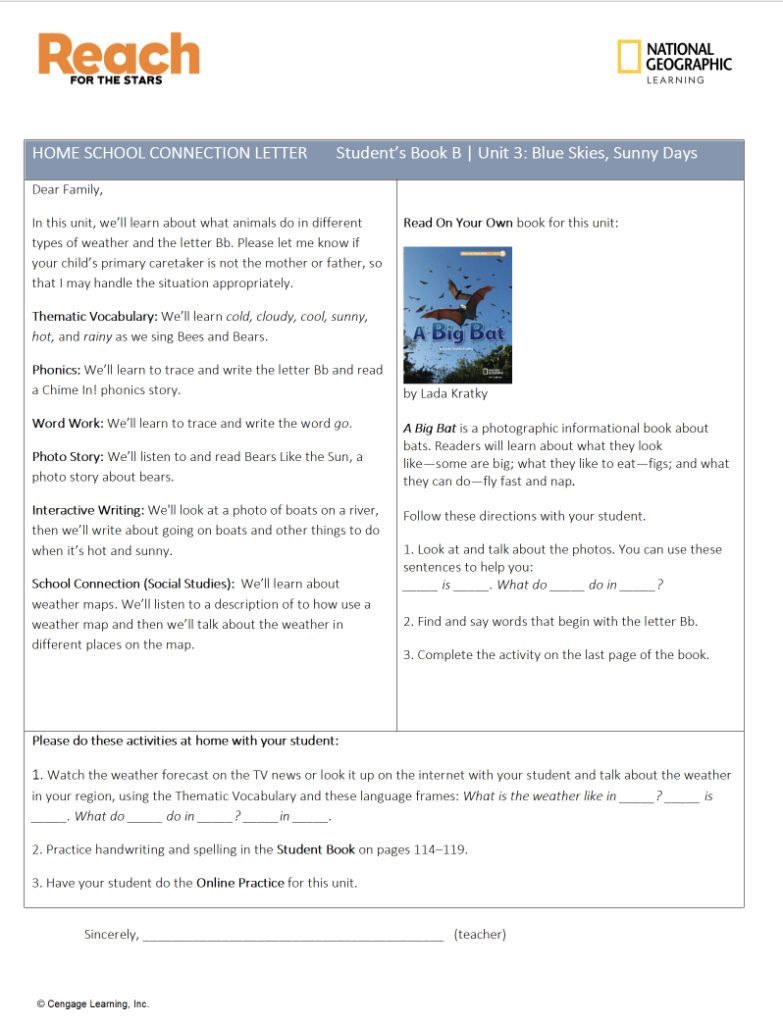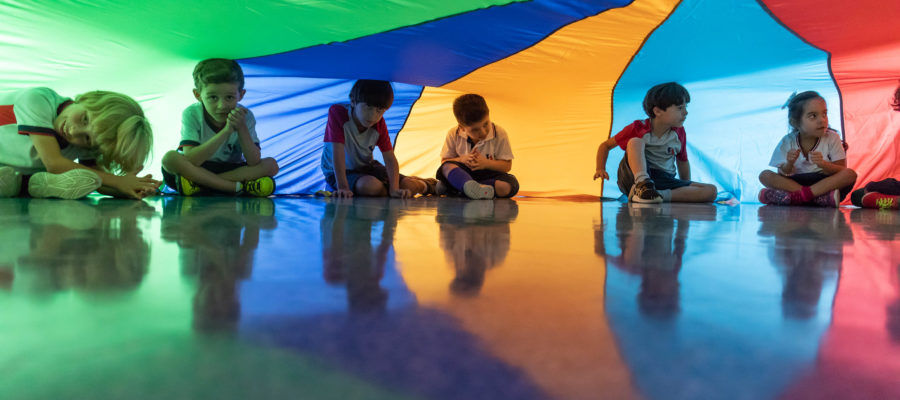When you are four years old, it can be intimidating to walk into a classroom for the first time and be expected to learn to read and write in English. You hear unfamiliar sounds, your favorite animal or food is called something different, and you are unsure how to act. Can you play and talk?
Students at this age are eager and curious but also easily distracted. As their teachers, we are challenged to capture their attention and teach them literacy concepts in English that they may not know in their primary language.
Our very young English learners are juggling a lot—learning English words, literacy skills, and how to function in a school setting.
This blog will look at some of the challenges this can cause to the learning process and how to address them.
Watch the webinar led by National Geographic Learning’s executive editor, Honor Teoudoussia, as she expands on a few strategies English teachers can implement to help mitigate such challenges in the classroom.
Many of the examples in this blog post are from Reach for the Stars, a phonics and early literacy program that prepares very young learners to study school subjects in English.
CHALLENGE: My students speak their home language in English class.
SOLUTION: Make a connection to home!
Capitalize on students’ comfort and love of their primary language and use it to jump into English. The key is to use home language strategically because we do have goals of getting students to speak, listen, read, and write in English. Using home language strategically can be a natural bridge to that.
For example, create a family newsletter. Send home a letter or email and let families know what you are doing in class.
What do I include in a Family Newsletter?
- Let the family know what their student is learning.
- Suggest an activity they can do to reinforce the vocabulary, theme, and language students are learning.
- Even if family members don’t have the English to do this activity, students can show off their new knowledge since they’ve been learning these skills. When the family grapples with the language and activity together, it reinforces what learning is all about. No one is born knowing everything. We are all learning all the time.
- This Home School connection is a powerful acknowledgment that learning happens everywhere, not just at school.
Also, students sharing their school experience with their families in whatever language they are comfortable with boosts their confidence and instills the idea that education is important and meaningful.
Bring this a full circle by having students then share in class what they did with their families.

CHALLENGE: My students are easily distracted and it’s hard to keep them engaged.
SOLUTION: Make your lessons fun, interactive, and collaborative!
I could teach the theme of jobs paired with the sound/spelling of J and some language frames that students can use to talk about jobs OR I could use a song that showcases a job like being a diver who studies jellyfish. A song that repeats the J sound, embeds the language frames and gives a unique view into a cool job.
Songs can be played over and over and, each time, you can vary what the students do. In the song from Reach for The Stars, featured below, students can jiggle when they hear Jiggly or jiggle; they can rub their bellies when they hear Jelly belly jellyfish.
You can divide the students into groups—one group singing the first verse or the odd number lines, and the other group singing the second verse or the even number lines.

CHALLENGE: I have a variety of language and literacy levels in my class.
SOLUTION: Differentiate the output
Whether it is reading aloud, singing, speaking, writing, or doing a project, we can adjust students’ activities based on what they can do. As they grasp the skill or content and gain confidence, we then level up a little, always having high expectations of our students.
We also differentiate for learning styles—some students may like to draw, some like to talk, and some like to move. We praise those approaches but then build on them too—we make connections to other outputs to encourage building other skills. Let students draw a picture and point out how writing letters is like drawing.



